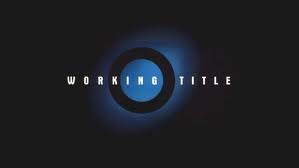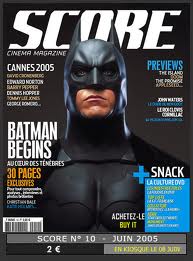Researching the Target Audience
Appeal of a Classic Narrative
I think that when we think about our target audience, it is easy to imagine that we are appealing to teenage girls primarily because of the genre of our film, which is a chick flick / teen drama hybrid. this seems to indicate quite a clear target audience, but we are also aware that these days, demographics are more blurred than they used to be and our film might also appealto older women and some males.
On the whole, though, I think our target audience probably is the yong female one you would probably think of for this kind of film, so it is more interesting to think about why our target audience is drawn to this kind of film.
One of the main reasons I think is that our genre provides a classic narrative which is always popular and has a timeless appeal.
Examples:
Cinderella: A handsome prince rescues the modestly beautiful hidden girl from her miserable life, living as a servant with her evil step-mother and sisters and lives happily ever after.
Pretty woman: A woman with no real happy future falls in love with Wall Street elite and they live happily ever after.
50 first dates: All-time favourite Adam Sandler spends 50 dates getting to know the same girl over and over again before they fall in love and set sail to sea together.
High school Musical: Heart throb Zac Effron falls for nerdy (but obviously gorgeous) Vanessa Hudgens and live a happy popular love life together.
- When it comes to chick flicks especially ones catered to the teenage group, the main appeal to the target audience is to see a variation of the classic cinderella narrative.
This is because at an age where social occasions and peer groups can be daunting, it is a kind of wish fulfillment to see the unlikely outsider win the guy and live happily ever after. This narrative offers the promise that all of us can have a happy ending, however unlikely it may seem.
This is because at an age where social occasions and peer groups can be daunting, it is a kind of wish fulfillment to see the unlikely outsider win the guy and live happily ever after. This narrative offers the promise that all of us can have a happy ending, however unlikely it may seem.
With our teenage drama / chick-flick hybrid genre we are expanding to a slightly wider audience. Although our film is using a teenage cast we will be using comedy to enhance the viewer’s experience and we expect to attract as well an adult audience who are often attracted to seemingly teen films because they offer a nostalgic appeal and their narratives are timeless. We also think the comedy might help to attract a male audience as it makes the romantic element less emphasised.
This approach is not without its critics:
This approach is not without its critics:
‘Why should a girl not be allowed to watch chick flicks…Because they mess with our heads. Simply, they corrupt our minds and make us believe in fairy tales. Watching chick flicks makes us (aka women) believe in romance, true love and happy endings.’ Says the author Ana Naddoush on http://ananaddoush.net/2011/01/09/why-girls-should-not-be-allowed-to-watch-chick-flicks/
I disagree with this statement purely because chick-flicks do not mess with our heads. Yes, they are unrealistic and involve little social realism like the real world but chick-flicks in my eyes are made to amuse and entertain us. Perhaps turn a situation we have lived into something funny rather than a mistake. Chick-flicks can be seen as an indoctrinating genre making woman feel like a prince charming should fall from the sky. But I believe it is more of a physiological feeling that helps us deal with our love life and make us escape the realism of love in the ‘real world’ and the target audience are well aware that what they watch is a fantasy.
We are appealing to our audience (mainly teenage girls) on a different level. We are offering them a romantic fantasy that they already know is not reality. Social realism is not criticised for 'messing with minds' and making a young audience feel life is not worth living, so the same understanding of escapism should be applied to our genre.






.JPG)
















.jpg)





















